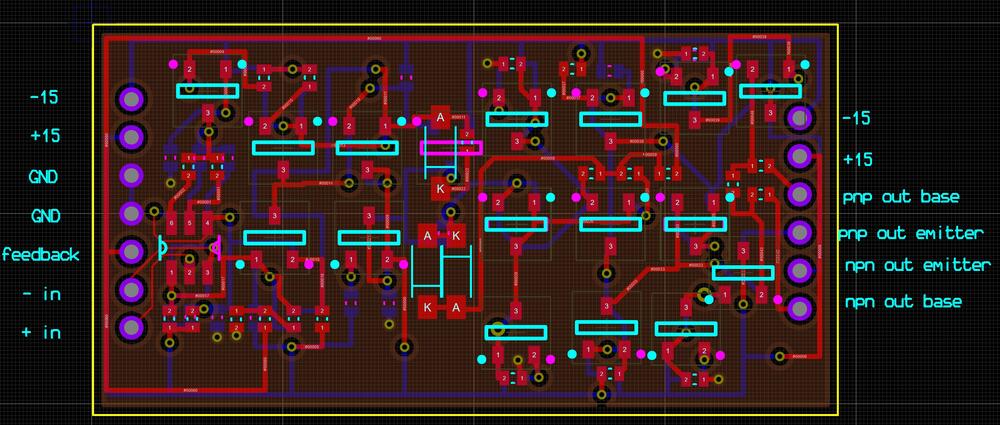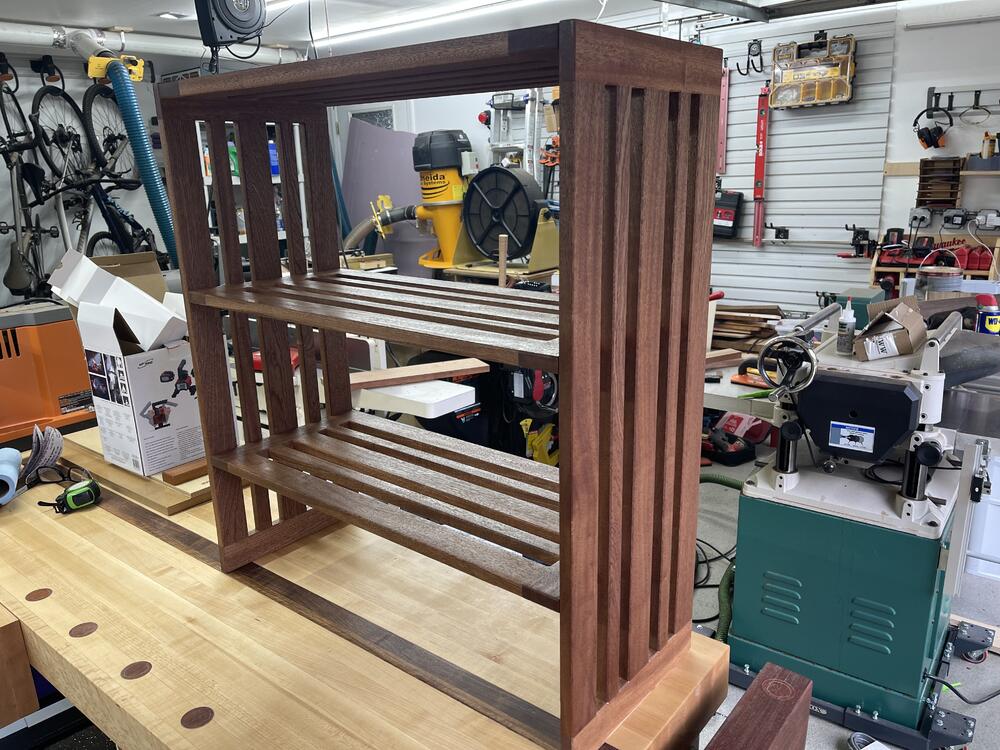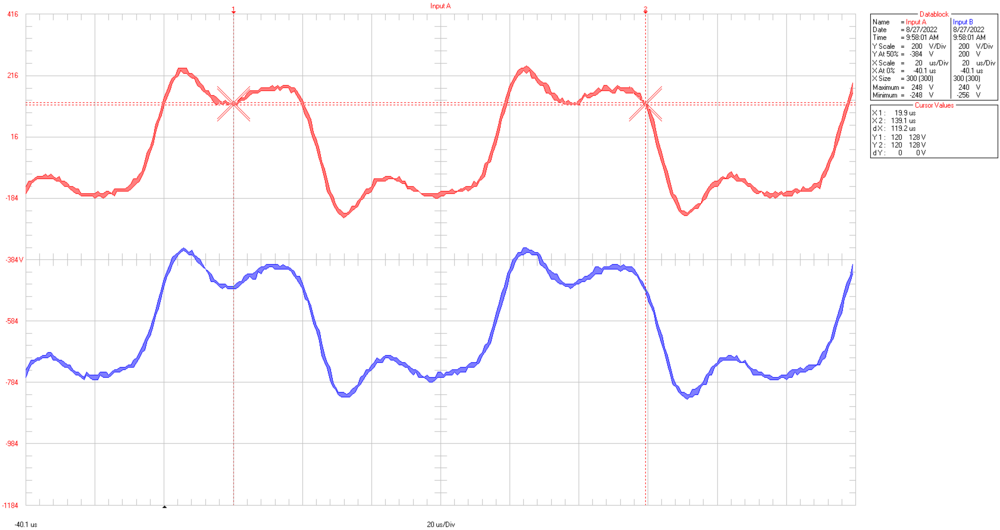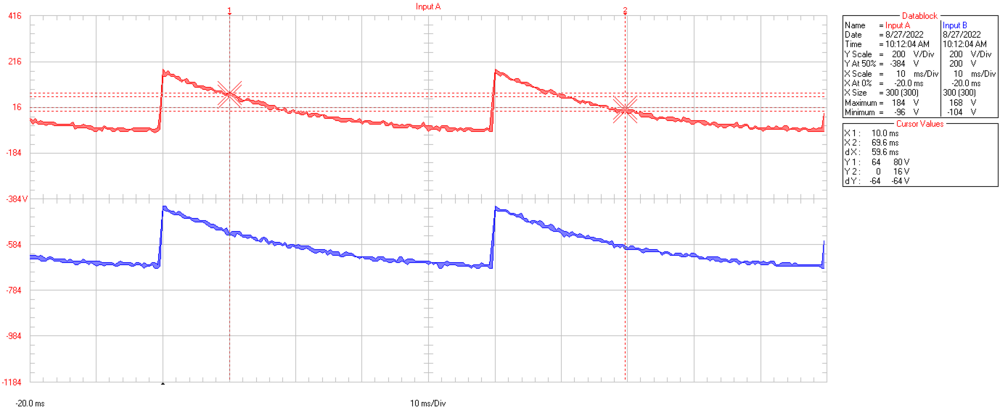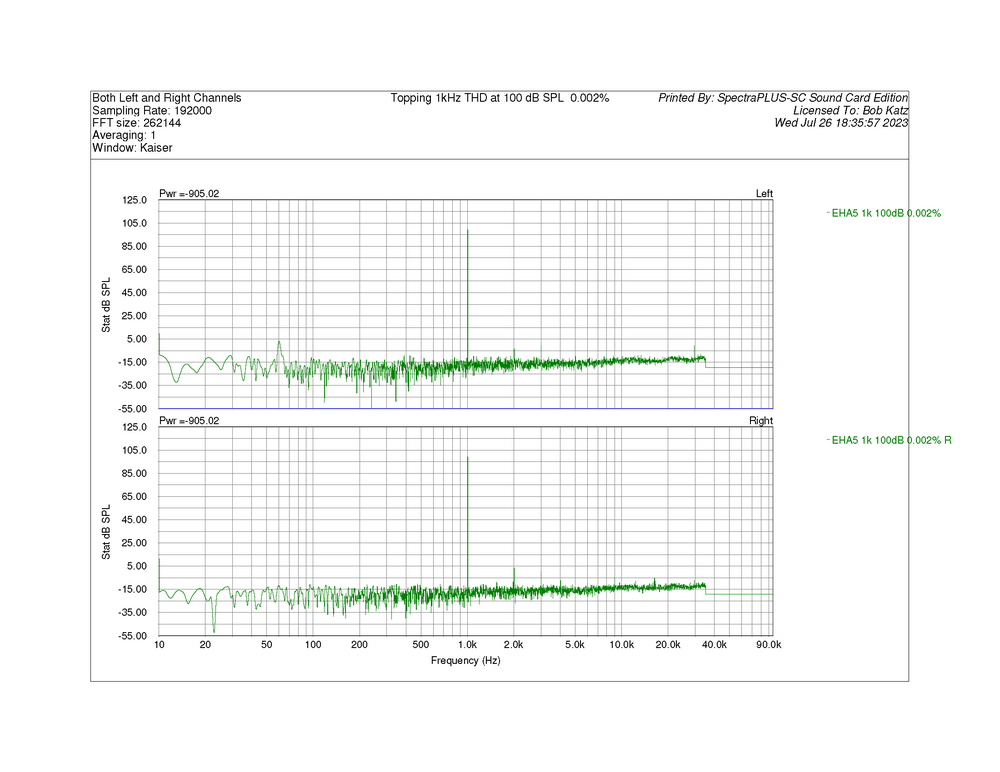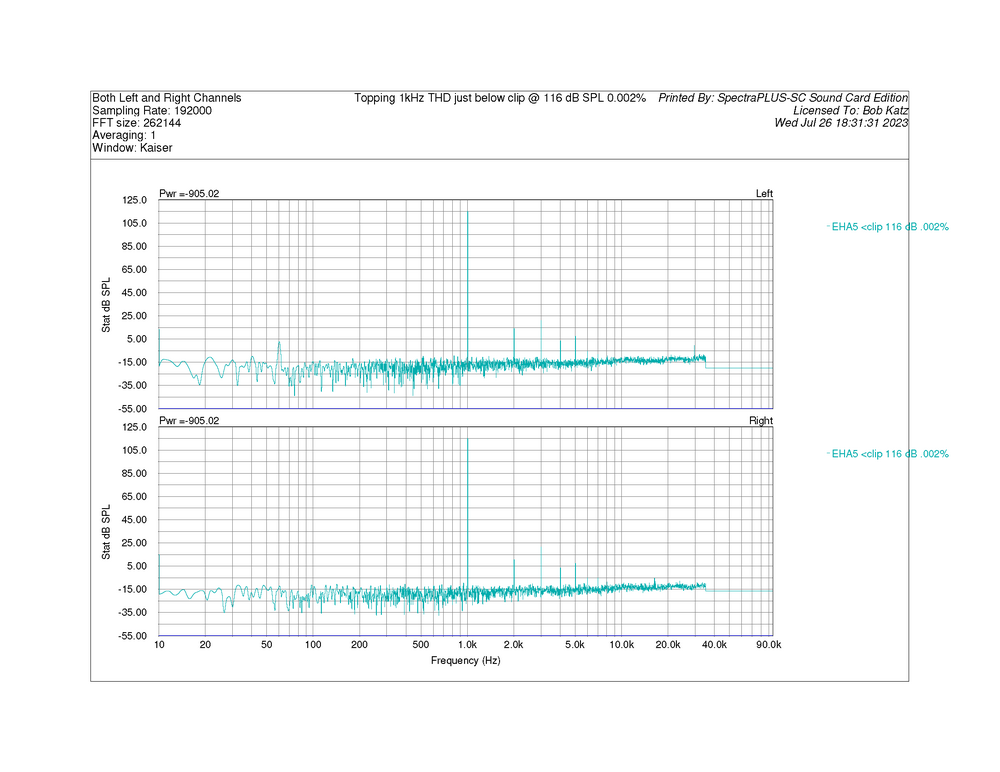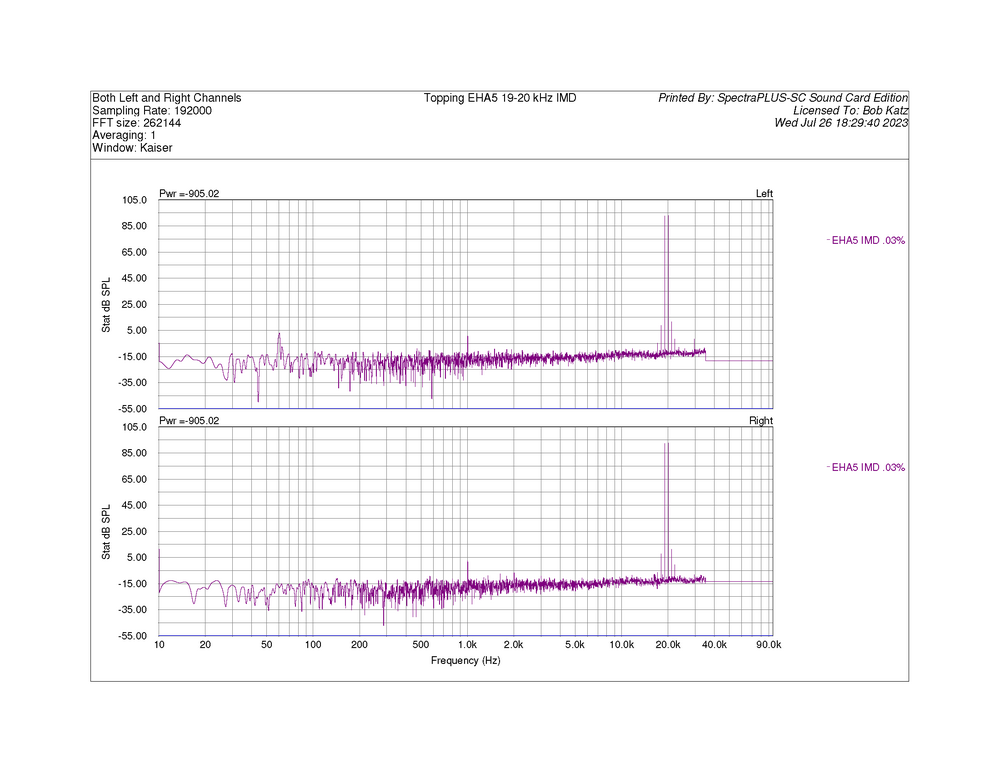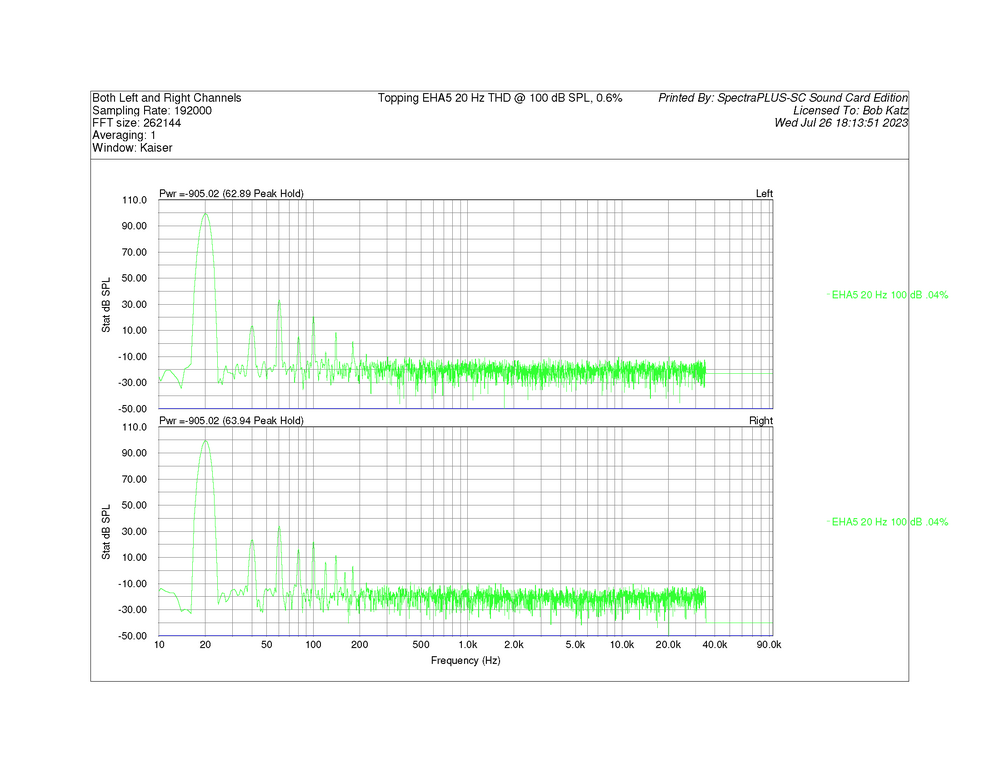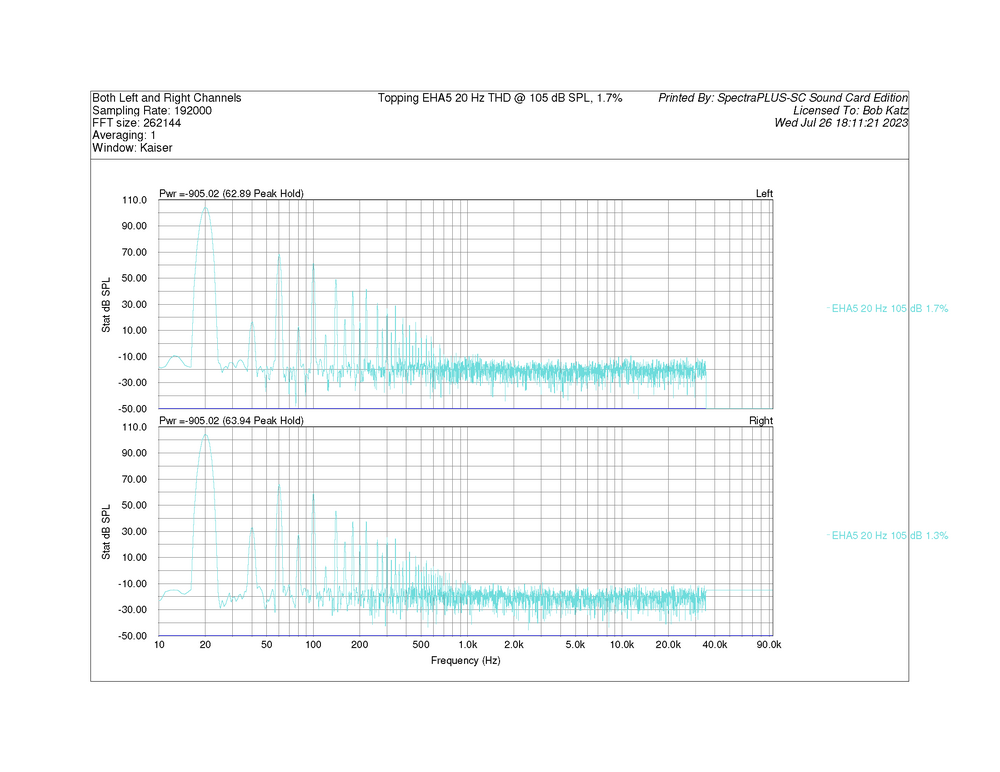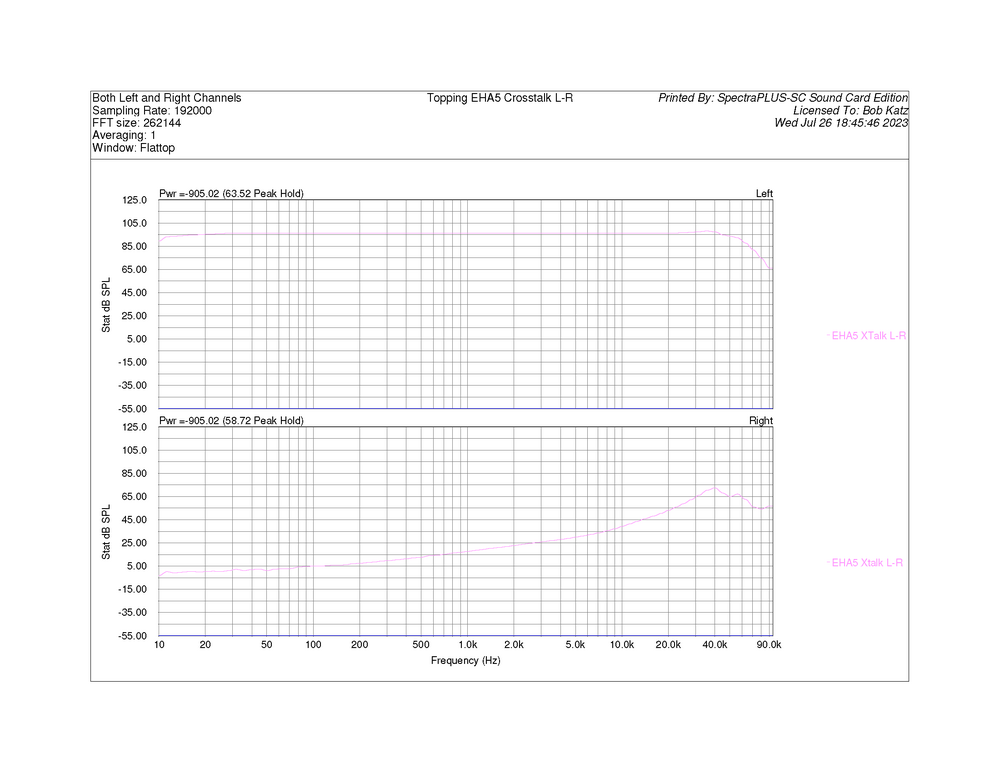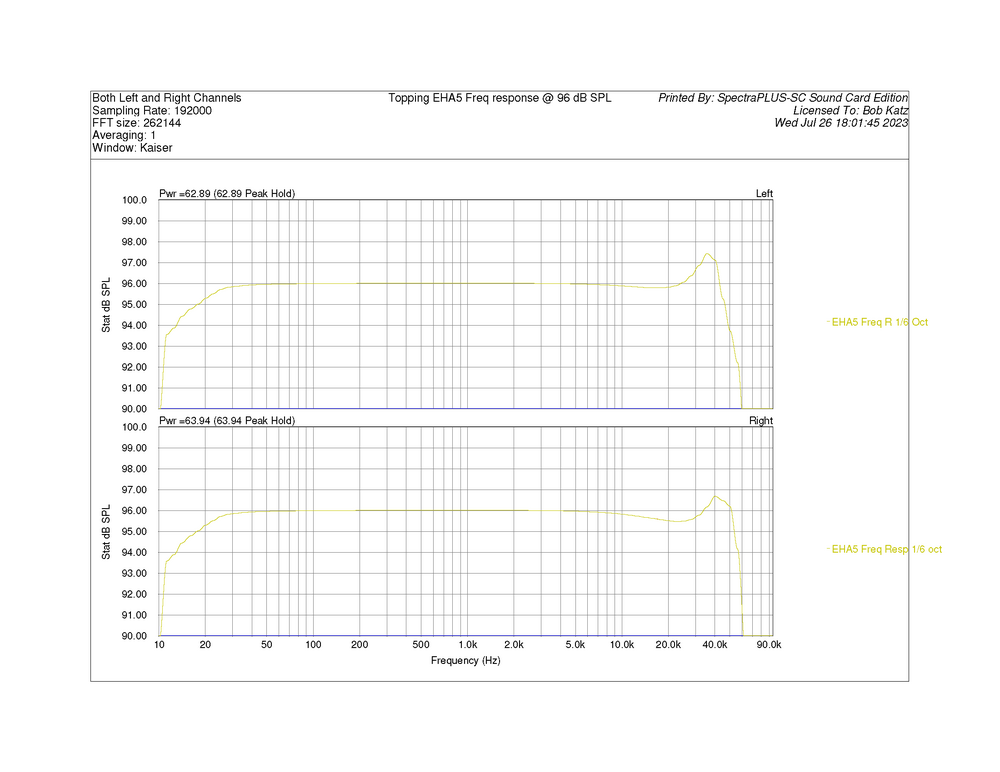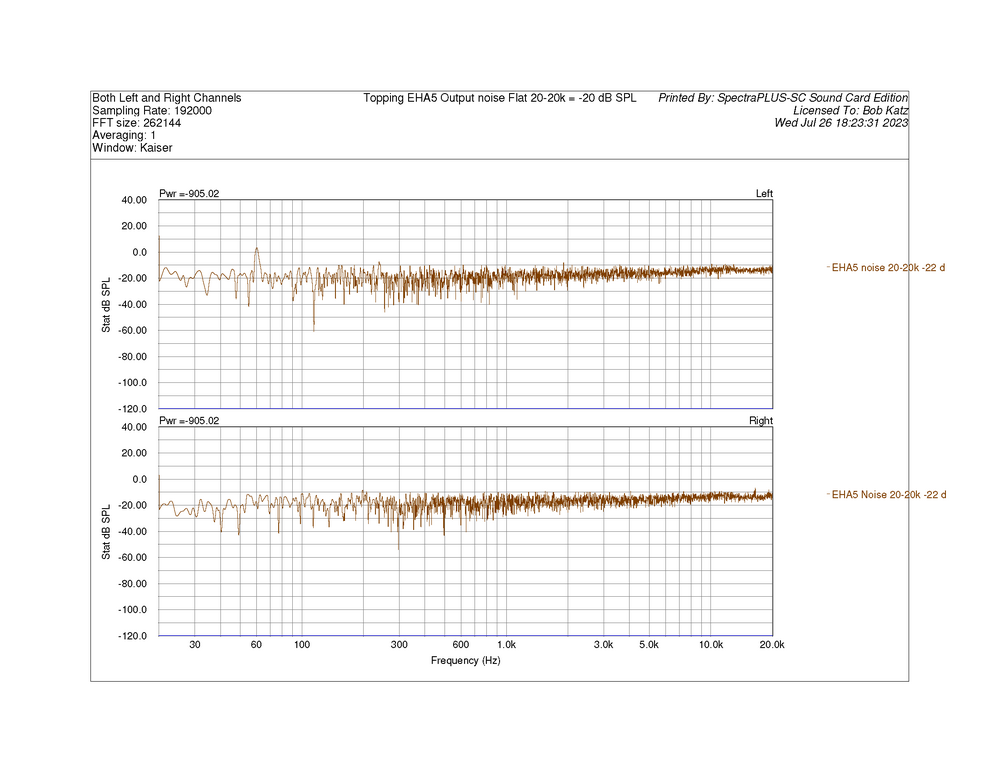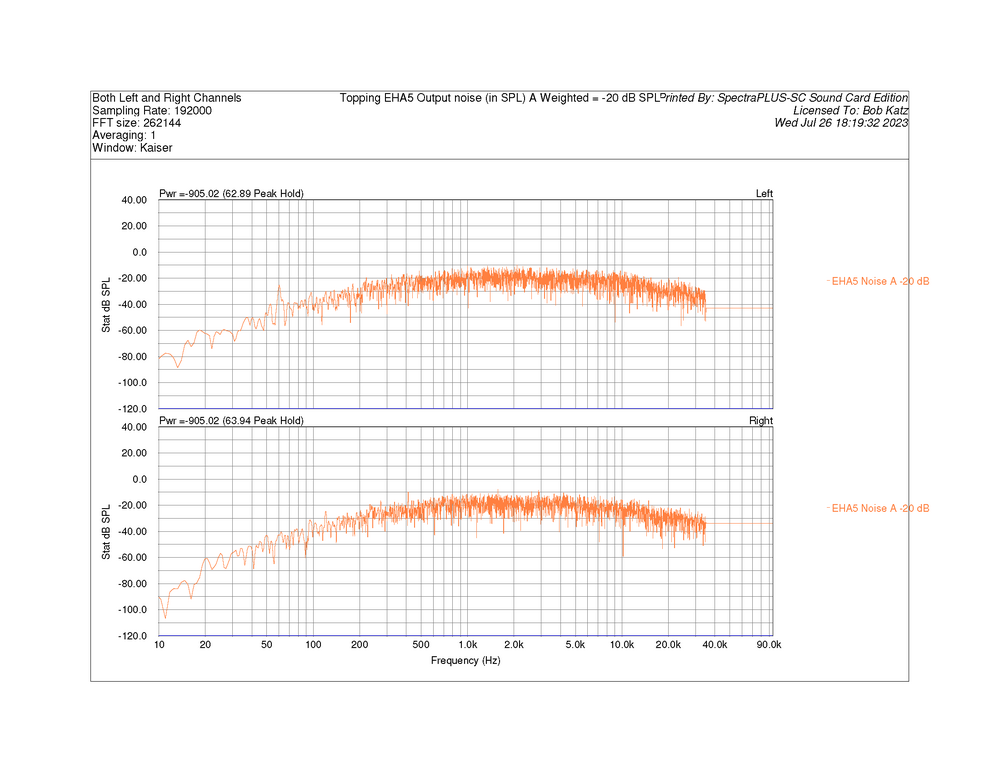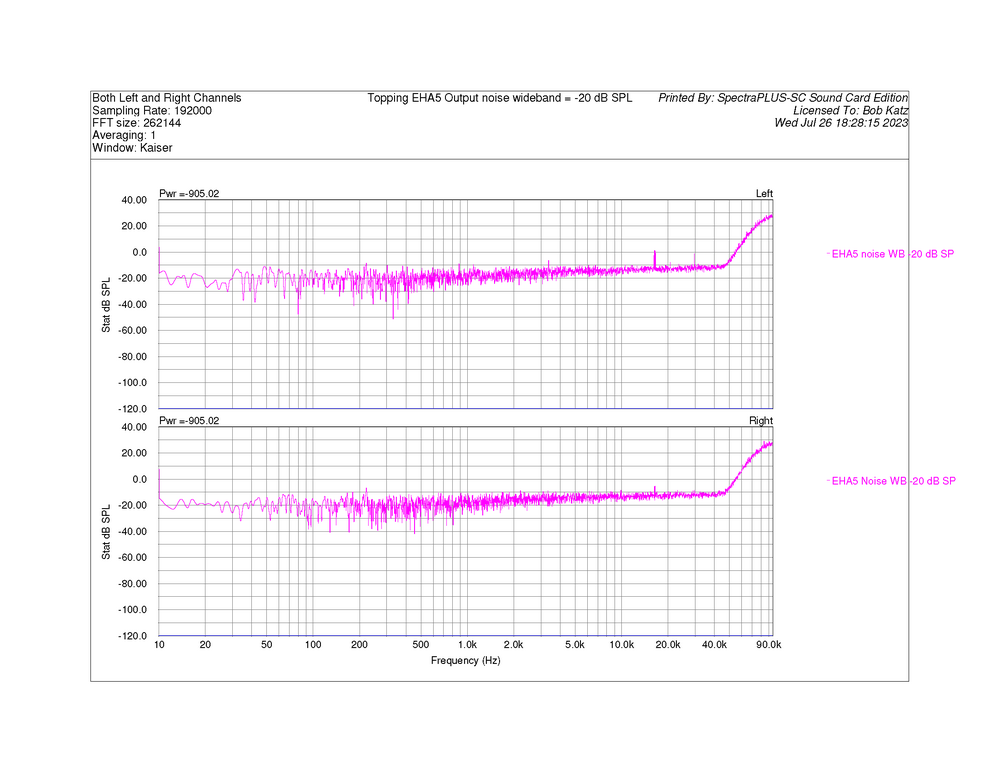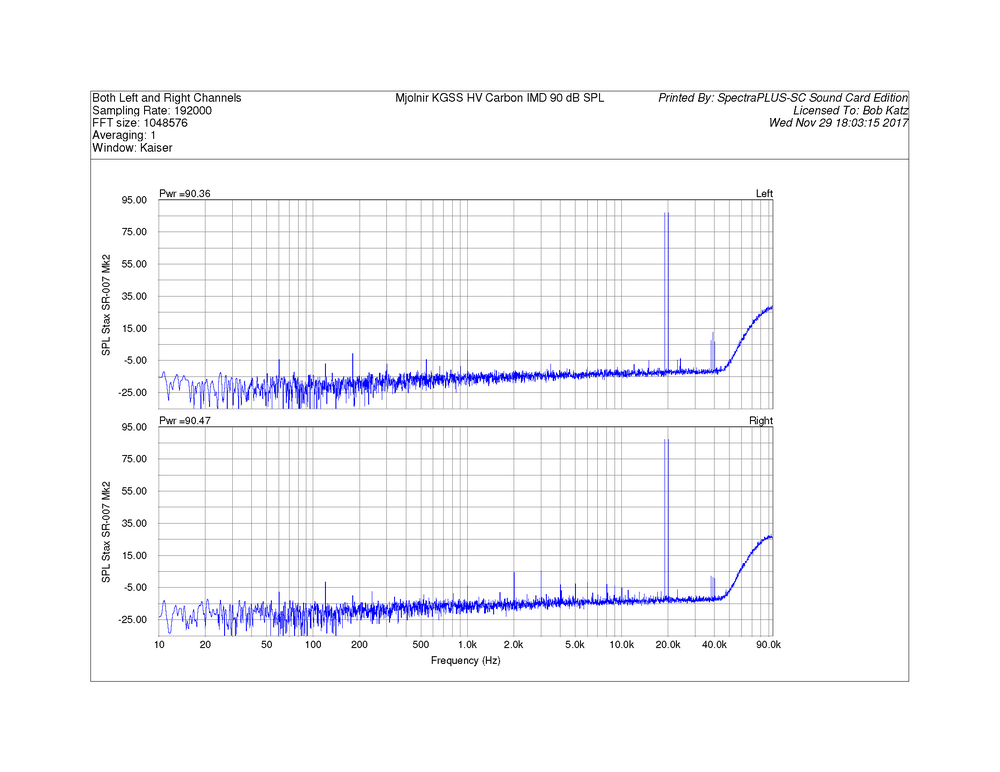Leaderboard
Popular Content
Showing content with the highest reputation on 08/07/2023 in all areas
-
7 points
-
6 points
-
5 points
-
3 points
-
3 points
-
3 points
-
2 points
-
sure, +/-24v at 5 amps each rail balanced drive large heatsinks custom hand wound bifilar transformer with a really large cross section to keep the flux as low as possible and magic hybrid core ferrite materials. $$$1 point
-
I like the estimated mortgage, ~$500,000 a month, as if someone buying a $68M house is going to finance it.1 point
-
Why so many transistors? anyway, It’s real ironic. Seeking a good, economical way to help “stat-o-philes” to get into our hobby and with an amp that has more drive capability than a typical Stax amp. I already own an expensive KGSS, and it sounds fantastic. Thank you Kevin and Spritzer I thought it would be “simpler” to build a lower voltage amp driving a great transformer than to build a direct drive high voltage amp. But the step up transformer way has its own challenges more than the obvious problems of the non-linearity of the transformer. The problem is an extremely low impedance primary that’s very difficult to drive. I know, I just measured impedance and phase shift of a great toroid. Holy shit that’s tough to drive! There’s no such thing as a free lunch 😞 We shall see if I can come up with anything. And still keep the power supply to +- 24 volts. That’s my intentional design constraint best wishes to all Bob1 point
-
1 point
-
so you say you should be able to measure why it sounds like it does... first 2 are 1khz into 50 ohm non-inductive load. notice that the rise time and fall time are not identical. also notice severe slew rate limiting in both directions and kink on the positive slope. 3rd picture is 10khz. kind of what you would expect from an amplifier with an open loop gain of around 120db and a group delay of 10us or more. i don't have the transformers, but i'll bet it looks even worse driving that transformer. pretty sure the a90d will perform exactly the same. edit: see pictures in next post. definitely same as a90d1 point
-
So, after a few hours in my favorite combination of methylene chloride, acetone, toluene, benzene, and 2 other magic ingredients (basically miller-stephenson ms111 only way cheaper) Warning kids: don't try this at home. highly flammable, highly toxic, low flash point... Let the professional morons do this the eha5 discrete module in the process of giving up its secrets. every single part of the eha5 is a massive pile of crap. it takes a whole room full of highly competent engineers to produce something this fucked up. i did take the other module, hooked it up to a bench supply and hd800 headphones and got a good listen. wow is this bad. proof that obviously the lowest distortion possible in amir's s/n test is the one and only measurement that they think matters. the rest of the specs, not even close. for those that don't know, the external power brick is a single 15v switching supply at 3 amps. internally it makes -15 from the +15. except for the fact that the -15 supply seems limited to about 750ma, and it runs 4 amps from this. So maybe if you are lucky you get about 175ma max current per amplifier. No way this is enough to drive those crap transformers. transistors are 2L, G1 and the dual is k4r1 point
-
& his last words be chiseled into his tombstone: I KNOW YOU ARE, BUT WHAT AM I? cancer be fucked...1 point
-
I bought the Topping and got it this week, with hopes it could be a second or extra Stat amp. I was even planning on doing a "bargain stat amp" feature at my new journalistic home "Positive Feedback", where you can find my review of the Audeze CRBNs, for example. Anway, I'm not going to publish, I don't like to publish reviews of bad gear 😞 What a disappointment this amp turned out to be. My disappointment came in stages. The first stage was an optimistic listen: "Hey, not too bad". At that time I was listening to some simple classical and folk arrangements: with solo voices and guitar, the weaknesses of the Topping circuit are not immediately obvious. But as soon as I played more complex music, full orchestra, rock band, you name it. Where it starts to get real harsh, bloated, lose dimension is with complex music, full orchestra, rock band, you name it. The more I listened, the more I started to hate this amp. I WILL BET THAT THERE ARE MEASUREMENTS THAT WILL REVEAL THIS AMP'S WEAKNESSES. You just have to know how to find out where the bodies are buried. I did find some that clearly show its weaknesses. Attached below. Frequency response (with a 100 pf load), Output level just before clipping, THD at various frequencies at normal levels and just before clipping (spectrum and %), IMD (19-20 kHz) (spectrum and %). The one thing I should have measured is a special multitone signal I use, I bet that would show where the bodies are buried, and tell us why the amp falls totally flat the more complex the music you put into it. But I'm so disenheartened and disappointed by the sound of it that I don't have the energy to bring it back to the test bench. I like to display an amplifier's measurements in equivalent SPL, based on Stax 007 and CRBN nominal sensitivity of 100 volts RMS = nominally 100 dB SPL. It helps bring a real-world perspective to amplifier measurements. Topping Factory spec for max is 700 volts RMS (I suppose the factory took this a cat's hair below clipping and only at 1 kHz). I measured maximum output at 1 dB below clipping at 630 volts RMS at 1 kHz, equivalent to 116 dB SPL. But When performing the 20 Hz THD test, the amp's DC protection circuit kicked in and the most I could get out of it at 20 Hz with a continuous sine wave was the equivalent of 105 dB SPL, 177 volts RMS before the amp shut down. So the lower the frequency, the worst the amp's headroom for transients. Plus, the THD at low frequencies is pretty bad, the transformer saturates very strongly. To see where the skeletons are buried in this amp, take a look at my measurements. The measurements to really study is a comparison of the Mjolnir KGSS HV Carbon and the Topping at nominally 90 dB equivalent SPL of IMD 19-20 kHz 1:1 ratio. I think that lurking in that measurement is at least one of the reasons why the Topping sounds so harsh and the Mjolnir sounds so pure. The primary difference tone at 1 kHz in the spectrum does not tell the story. Notice the high frequency side bands near the 19-20 kHz that begin to reveal to us the Topping's nonlinearities. There's more in the attachments. I'm sorry that I didn't do the multitone, I will some day, when I get around to it, and I'm sure it will reveal the skeleton underneath the "golden glow" of this amp. The date in the Fluke scope pictures is wrong... it's actually yesterday, 7/28/23. I have to fix the date in my Fluke Scope. Every time the battery dies, it loses the date 😞1 point
-
0 points








